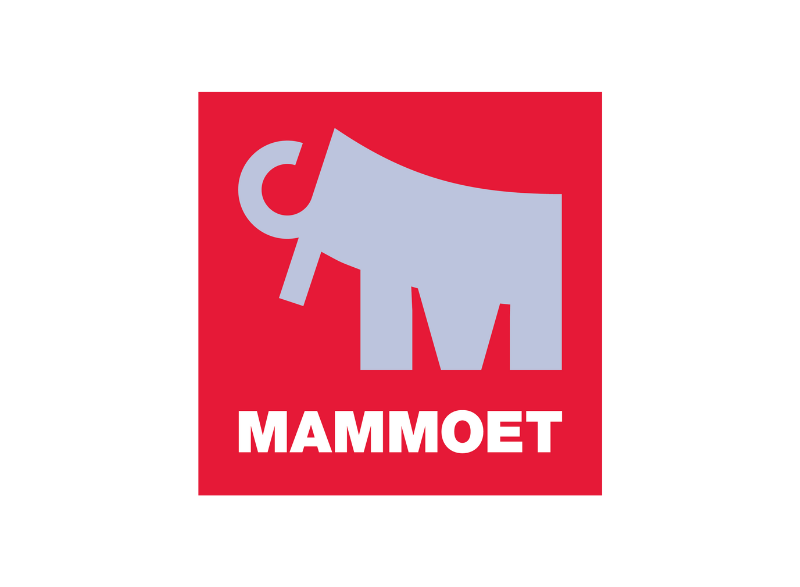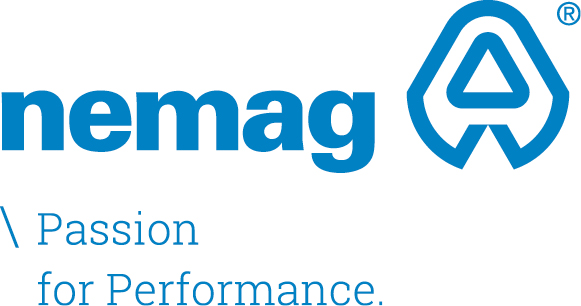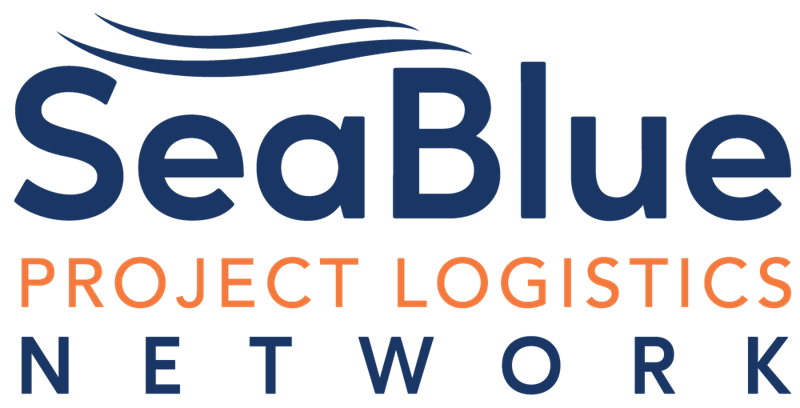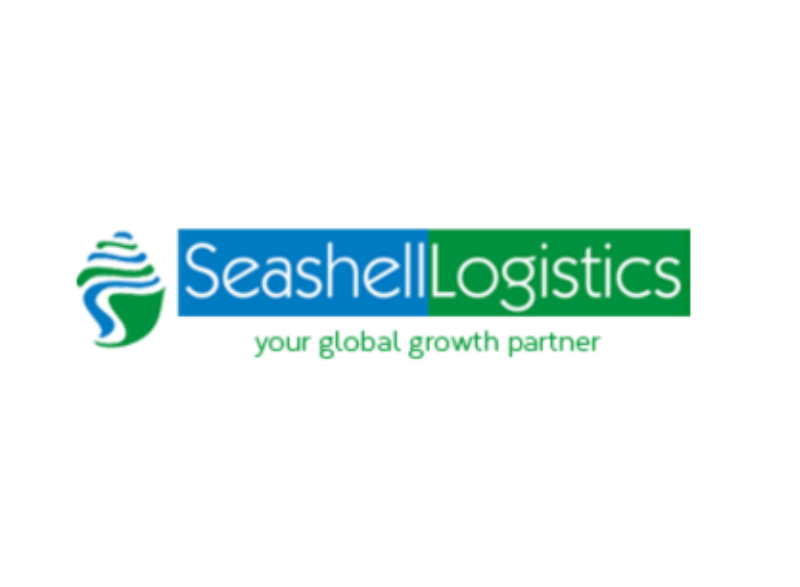Power-Hungry Projects Offer New Opportunities for Breakbulk
_3.jpg)
By Luke King
Get ready for a raft of new cargo opportunities related to big tech, semiconductor manufacturing and small modular reactors (SMRs), Breakbulk Americas attendees were urged.
In the panel session A New Ecosystem of Project Opportunity, Kristin Homsi, manager of supply chain, manufacturing and technology at Bechtel Corporation, outlined the scale of the opportunity.
“Just a few years ago, the capex expenditure for markets like semiconductors, data centers and AV batteries was about US$100 billion,” she said. “That same projection in a number of years is going to be up to US$400 billion – that’s just an incredible growth in a very short period of time.
“Depending on what you’re reading, these numbers are going to vary, but the one thing that is consistently the same is that these semiconductor fabs are growing. They’re large, and in some cases, the first of a kind.”
Such demand also throws up challenges, said Homsi. “If you’re looking at a green fab semiconductor plant, and you’re talking about concrete, you’re looking at the same – or more – concrete that you would have in a nuclear power plant. If you’re talking about pipe, we are well over a million feet of pipe in some cases.
“We typically think of the oil and gas industry as the big industry, but no – this beast is coming. It’s absolutely massive.”
John Lu, global sector head, semiconductors at DHL Industrial Projects, expanded on the demand factors. “For AI to be successful and continue in its growth path, you need to have data centers. And to build enough data centers, you need to have semiconductor chips. You need to have very high-end semiconductor chips.
“And to do that, you need to build more fabs, have more capacity to build these chips to supply the data center, be successful in AI and all the other applications. So there’s a tremendous amount of growth.
“To build a fab is probably going to require somewhere between 300,000 to 500,000 square feet of lay-down warehousing, several 100,000 tons of freight. Demand is here today, and it’s going to continue for many years.”
The inevitable race for materials requires “vertical integration” with suppliers, said Homsi, pointing to an arrangement Bechtel struck in the UAE for the supply of steel as one example.
“The reason we did that, is not just that we want the certainty of schedule, which of course we do. It’s more that if you’re looking at the volume of what’s coming online, unless you have these strategic relationships, unless you have these partnerships, there’s just not going to be enough supplier capacity in the market.”
Moderator Cyril Varghese, global logistics director at Fluor, raised the critical issue of power supply. “A typical ChatGPT query would tend to consume at least 3 to 35 times more power than a typical Google query would,” he pointed out.
“So, the first thing that comes up is the power discussion: Do we have access to power? And at this point of time, we are not even talking about affordable power – we are talking just about the physical availability of power, what is available today and what can be available based on the investment plans for tomorrow.”
Rob Jacquet, managing partner for United Ocean 7 Americas, described the importance of modularization in project moves. “Everybody is kind of pulling away from the stick build, and modularization makes it a lot easier to bring a large amount of equipment over, and to do the installation faster.”
Addressing the issue of power, he said: “There needs to be another giant source that is invested in. Cost overruns is what’s stopping a lot of these projects going forward right now because you can’t justify the price to build the factory, to provide the energy.”
Moderator Varghese added: “The data center modules, the fab modules, they’re not really that big, but we’re talking about the sheer number involved. From a modularization perspective, with a factory or a data center of this scale, you are easily talking about 300 to 1,000 truckable modules. Now multiply that by 1,000 or 1,500 data centers, and you can see the opportunity.”
For DHL’s Lu, trucking capacity was not a major issue. “If we’re talking about the list of trucking, that final mile, we don’t see that really bottlenecking at all because I don’t think all the projects will come online together at once in one location. If there’s a high density in one location, then maybe, but I think it’s fairly spread out.”
The availability of maritime assets, on the other hand, was more concerning. “I believe that it’s very important, especially for the EPCs, to be engaging with the carrier on the ocean side,” said Jacquet.
“There is a finite amount of vessels in the world and if maybe by designing the module a few feet shorter or wider, or you construct it a little bit different, you can increase the intake for sailing.
“A lot of the ships that were built 20-plus years ago just aren’t designed for today’s market. So the older fleet, if you say there’s 450 or 500 ships that exist in the world that are in the multipurpose heavy-lift sector, for a lot of them the shape doesn’t allow for the proper intake that you would need for the modules.
“So that drops down to maybe 100 ships in the world that are serviceable for the modules – but they’re also in high demand for windmills.”
The role of barges was a particularly important consideration, said Lu. “The inland rivers are becoming so important because if you look at the map of where all the global semiconductor locations are, they’re not near the ports or by an airport. They’re all in a location that’s very much inland.”
Varghese concluded: “As an industry, I think we will have a large, inter-connected opportunity coming, but the starting point would probably be to make the right investment in the right subject matter expertise within your organization in order that you can track these opportunities.”
.png?ext=.png)



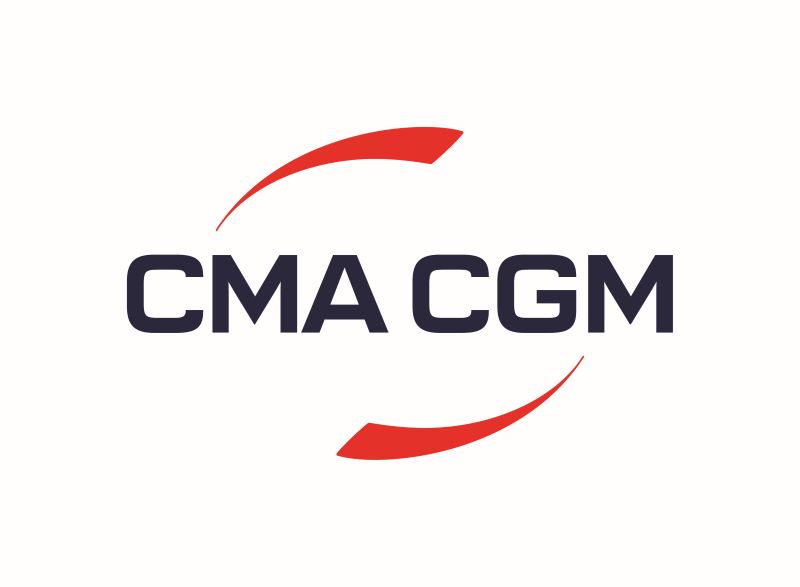

.png?ext=.png)




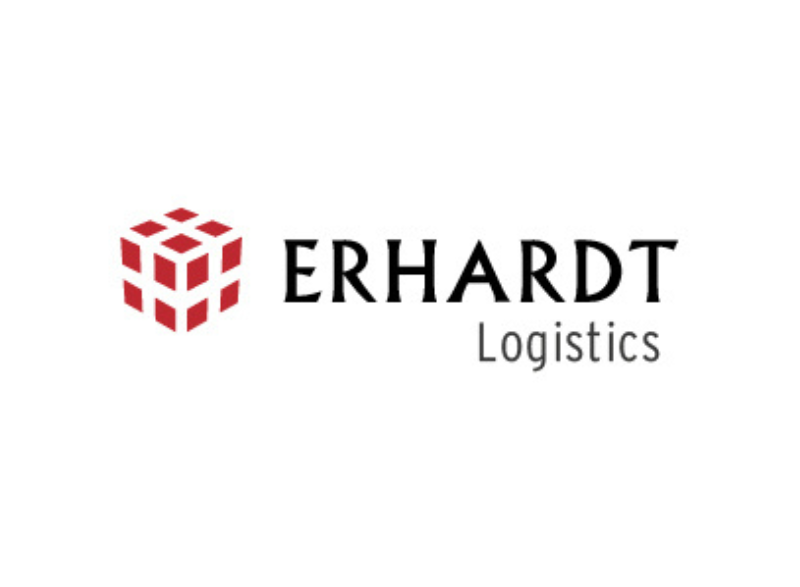

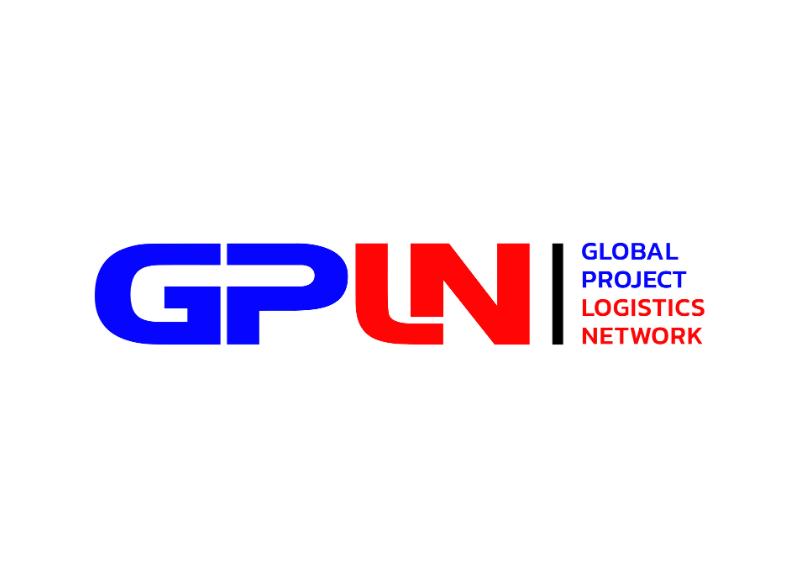

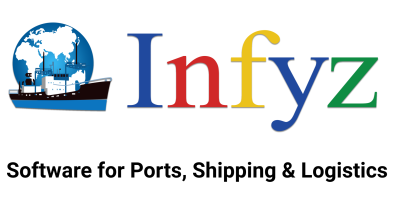
_3.png?ext=.png)
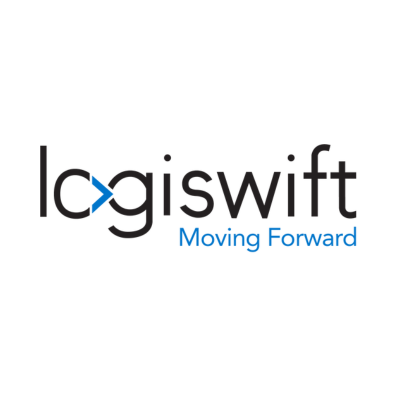
.jpg?ext=.jpg)
